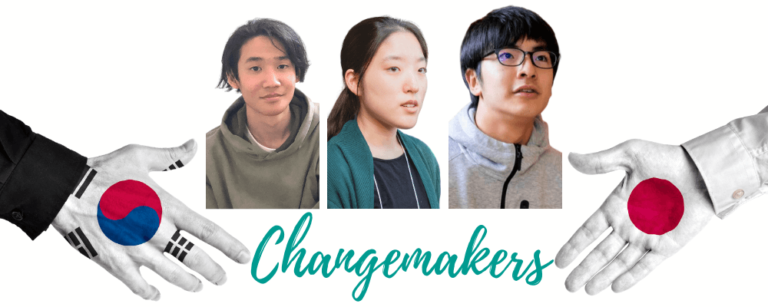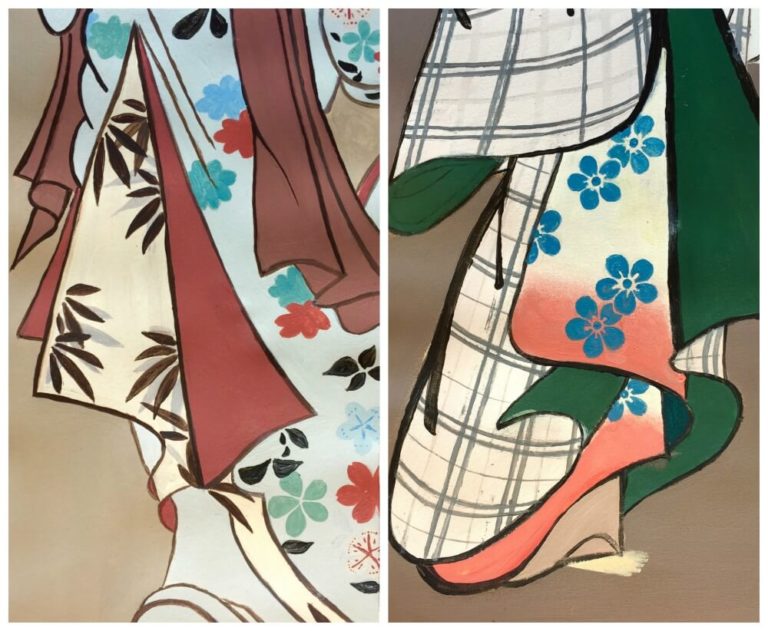Lifelong leadership lessons equip students with the skills they will need to be catalysts for positive change. In an increasingly complex world, these lessons can prove invaluable. But learning these skills and how to apply them is not easy and requires consistency and perseverance. Our Grade 11 class experienced a special leadership retreat, where they learned that leadership is a practice.
Understanding our leadership philosophy
Most of us learn to lead ourselves through a slow process of trial and error. In other words, we learn valuable lessons with every knick, scar, and slip-up. Making mistakes is a natural part of life, which is why we include lessons on failure in our Leadership curriculum. Our leadership instructor, Izumi Tsurumi, sees tremendous potential in failure. She helps our students change their perspective so that they can tap into these leadership gold mines.
At UWC ISAK Japan, leadership is part of our identity. Students learn to take responsibility for how they guide themselves through the world. They also become competent in considering how their choices affect others. While our Grade 10s get a whole year to focus on lifelong leadership lessons in their Leading Self and Leading Others classes, Izumi-sensei wanted to give new students in Grade 11 information that could literally change their lives.
Preparing for the Grade 11 Leadership Retreat
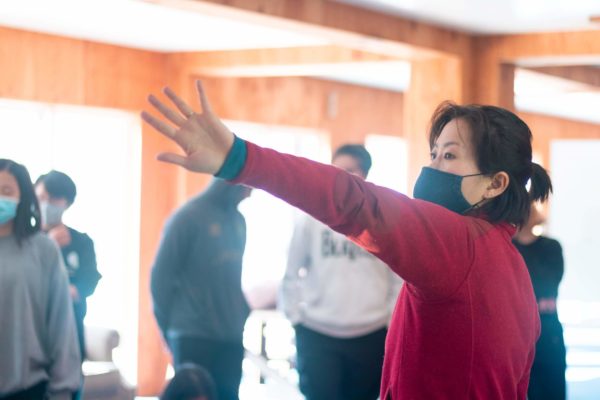
With every event at ISAK, many hands go unseen. As a result, booking venues, coordinating logistics, and feeding everyone often go unnoticed, let alone actually organizing all the lessons and activities. No matter how much Izumi-sensei plans and prepares, she has trouble sleeping before leadership retreats.
Learning Leadership Through Leading Self
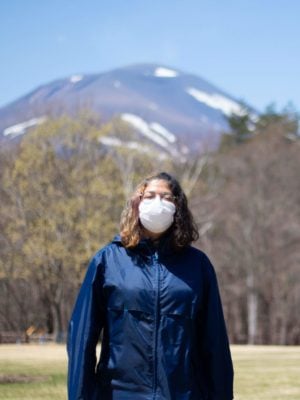 “Who am I?” is a question that philosophers have trouble answering; the answer constantly evolves and shifts around. It’s a question that teenagers all over the world try to uncover. Every small decision shapes the malleable substance into a self-image. We introduced students to multiple tools and activities during the retreat to help them define their sense of self. The seemingly endless noise and distractions that bombard modern life make it a mammoth challenge just to get a sense of who you are. In addition, the racing thoughts of each day along with a mindless routine can make it hard to listen to that quiet voice inside.
“Who am I?” is a question that philosophers have trouble answering; the answer constantly evolves and shifts around. It’s a question that teenagers all over the world try to uncover. Every small decision shapes the malleable substance into a self-image. We introduced students to multiple tools and activities during the retreat to help them define their sense of self. The seemingly endless noise and distractions that bombard modern life make it a mammoth challenge just to get a sense of who you are. In addition, the racing thoughts of each day along with a mindless routine can make it hard to listen to that quiet voice inside.
At our retreat, we introduced students to skills and techniques that will help them settle and still themselves so they have the freedom to think. Mindfulness, meditation, and even simple breathing techniques can make a huge difference in helping achieve this state of freedom that allows us to think about ourselves and our world more objectively. Students also learned that their implicit biases could come from their cultures, backgrounds, or life experiences.
The leadership retreat was a great chance to learn things that can’t be taught in a traditional class. It re-ignited my passion for creating change in my community
– Caleb (USA / Class of 2022)
Identify What is Important and Needed
Once students had time to ground themselves, we had them think about who they wanted to be in the future. A big part of making positive changes is setting goals. Defining a target is scary because not hitting that mark implies failure. Many of us grow up believing that failing is a bad thing, but failure is just a stepping stone to success.
I’ve failed over and over and over again in my life. And that is why I succeed.
– Michael Jordan
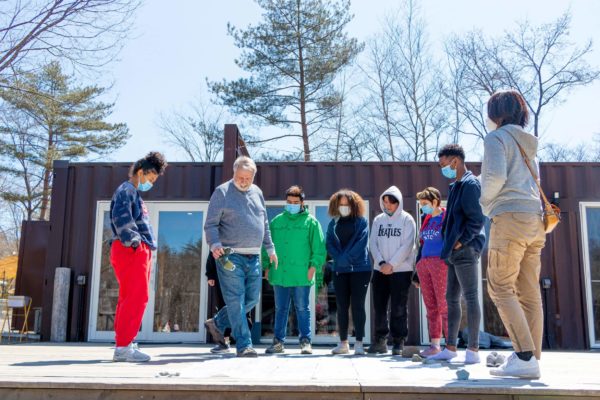
Students went through the “beep activity” where it is impossible to succeed without stepping on the wrong square. As a team, they were able to find the right path only through all the information they had collected on every run that came up short. This activity teaches that there are many paths to goals in life; they might not always be linear, but eventually, with enough determined effort, students can achieve their goals.
Taking Action in the Face of Discomfort
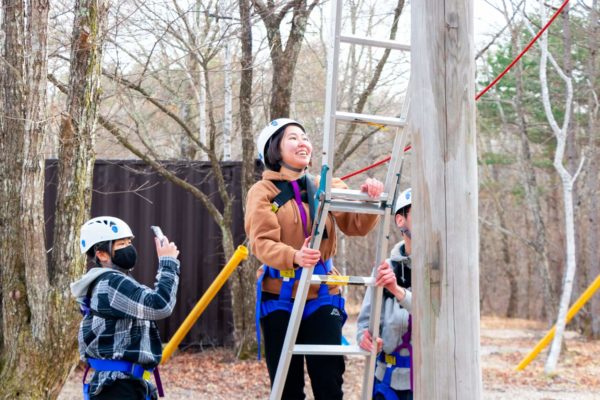
Students with the correct information and plan of action won’t realize their goals if they cannot take action in the face of discomfort. On paper, the next activity sounds simple: jump off a platform and touch a ball. The platform and ball are almost 10 meters off the ground. The cool thing about education is that sometimes it’s possible to hide the actual goals and lessons behind a fun activity.
In this case, the goal wasn’t to touch the ball; the goal was to feel the discomfort that shows up and to choose purposefully based on what is important and needed. Often, we let our emotions take over and forget to choose a ‘purposeful’ path. This can include the choice of not jumping as well. We don’t have control over what shows up, but we have control and choice over how we respond to what shows up.
I enjoyed working alongside and getting to know my peers on a deeper level as we learned and developed a new set of leadership skills that will be tremendously useful throughout life.
– Mailys (Togo-France-USA / Class of 2022)
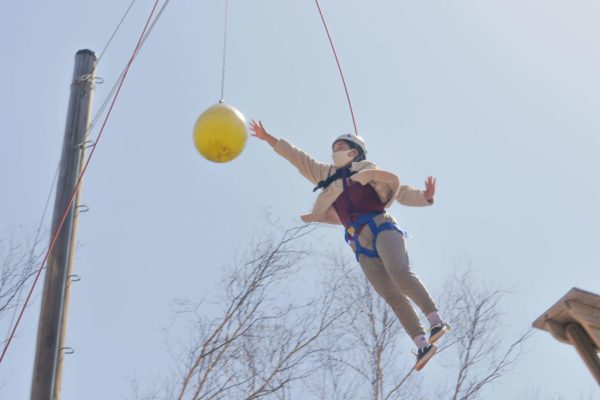
Leading With Others
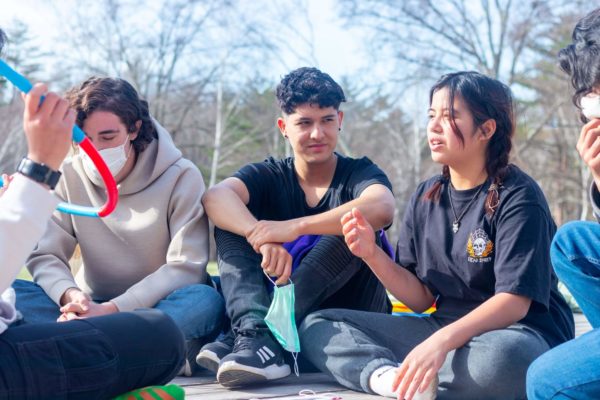
Once students gain a solid understanding of themselves and who they want to be, we teach them that they don’t exist in a vacuum. The lifelong leadership lessons teach students that they are part of a community, and it is crucial to think about how to work with others. The students were led through discussions that made them realize that everyone has different needs, views, and perspectives. Students learn to use diversity as a strength by transforming their judgment into understanding others’ feelings and needs and approaching conflict with the intention to understand and collaborate rather than to blame and accuse.
After only a short two-day retreat, our Grade 11 students were able to see each other on a deeper level. Their preconceived notions about each other were replaced with understanding and compassion. Students shifted their perspectives after listening to the ideas of their peers.
The best experiences occur when you realize that on the edge of a cliff or in challenging circumstances the people that surround you will always be there to support you and help you succeed
– Juan (Colombia / Class of 2022)
Leadership Beyond the Classroom
As the students learned about their peers beyond a surface level, we saw their interactions warm up as well. A secondary effect of the lifelong leadership lessons is that students feel more bonded with their peers. The conversations started during the retreat continued during the bonfire, in the tents, and when the students returned to campus.
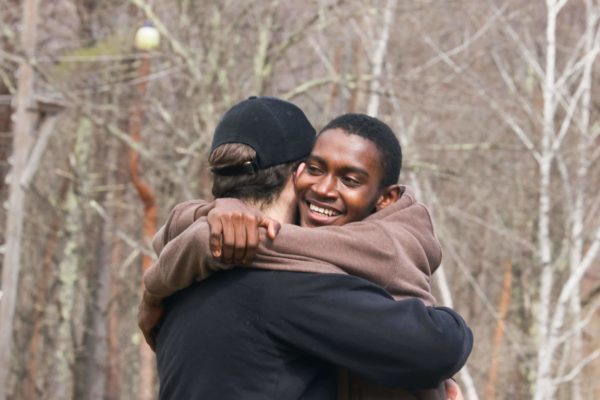
Old friendships are strengthened and new friendships blossom after every leadership retreat. The closing activity is a gratitude circle where students share an intimate moment of vulnerability.
It’s clear from what many share in the circle that we all wish to connect and be cared for. I hope that we can each continue to take the step each and every day to grow our connections even when it is challenging
– Izumi Tsurumi
To see how our Alumnus, Gabe, used his leadership practice after graduation click here, or to learn more about our leadership program click here. Follow us on Facebook for regular updates.
